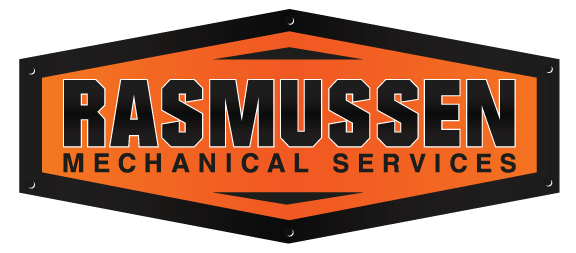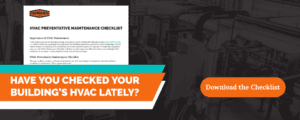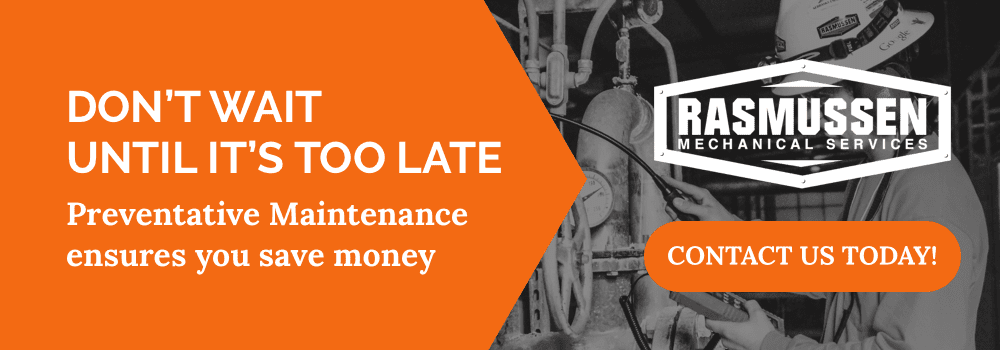In its most basic form, plant maintenance is the application of best practices to increase equipment up time in manufacturing facilities. This helps plants avoid unplanned downtime and ensures production stays on schedule. Understanding plant maintenance will help ensure your employees are protected from injury and your products are safe for the end-user.
In This Article We Answer These 5 Common Questions:
1. What Are The 3 Types Of Plant Maintenance?
2. How Is Plant Maintenance Performed?
3. What Are Best Practice Procedures For Maintenance?
4. How Do You Effectively Record Equipment Maintenance?
5. Which Industries Rely Most Heavily On These Maintenance Strategies?
The 3 Types Of Plant Maintenance
1. Reactive Maintenance
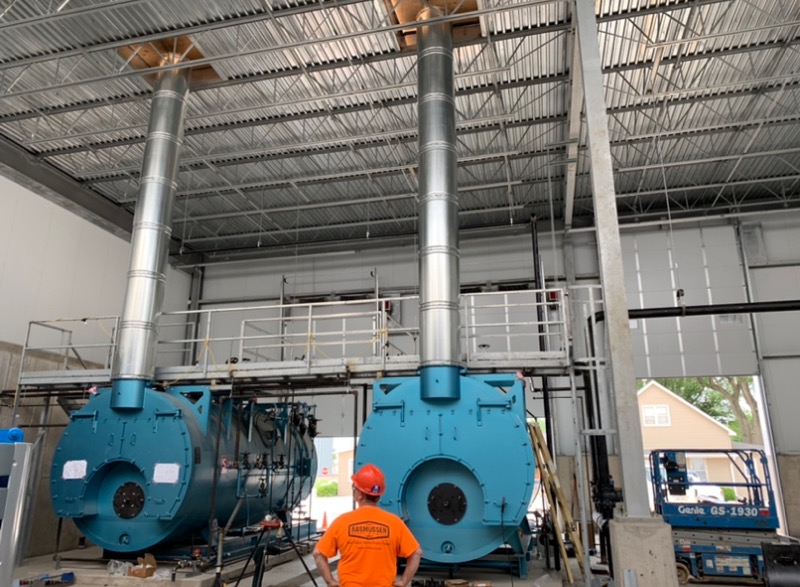

This strategy performs repairs on equipment only after it has broken down. This is similar to the theory “if it isn’t broke, don’t fix it”. Maintaining your equipment this way will save money in the short term. However, it will cost you in efficiency loss and premature failure in the long term.
2. Preventative Maintenance
Preventative plant maintenance utilizes timed intervals based on industry standards to maintain equipment with the goal of preventing it from breaking down. This involves systematic maintenance and ensures routine task like belt and filter changes are taken care of in a timely fashion.
3. Predictive Maintenance
This refers to the maintenance strategies used to determine the current condition of in-service equipment. Based on the equipment condition, a specific maintenance schedule is followed. This approach promotes a safe work environment because your equipment is continually monitored. This can reduce operating costs by 12-18% over time because maintenance tasks are performed only when warranted.
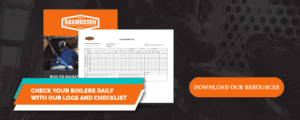
How to Perform A Plant Maintenance Assessment
Take inventory of all the equipment used in production. There are many ways to do this, but we find these fields are valuable for predicting and planning your mechanical maintenance strategy.
- Total hours ran
- Hours ran since last serviced
- Vibration analysis
- Fluid Analysis
- Thermal imaging (Pumps, motors, steam traps, etc.)
- Ultrasonic leak detection
- Voltage/Amp Draw
- Visual Inspection (Take photos)
- Equipment name
- Location
- Serial number
- Description
- Maintenance schedule
- Responsibility
- Procedures
- Priority
Identify your planned shutdowns and work backward. Production facilities often operate around planned shutdowns to work on major repairs. To stay proactive, mark these dates on the calendar, grab your equipment inventory and begin to establish your maintenance dates.


Plant Maintenance Best Practice
Use the priority field (listed above) to determine what pieces of equipment are critical to your operation. You’ll want to budget to perform additional testing like vibration or thermal analysis throughout the year on this equipment. In many cases, it can be beneficial to perform predictive maintenance tasks about eight weeks out from the planned shutdown. This ensures you have time to get approval should repair be necessary.
During temporary shutdowns, you may need to make additional repairs. Assessing this early on can help you to avoid expedited shipping costs, unplanned manpower, and unplanned shutdown costs.
Pro Tip: Instead of planning routine maintenance by quarters or specific dates, convert machine run-time hours to days and mark them on your calendar. You may be able to reduce operating costs by identifying performance trends and identifying repair early on.
Implementing Maintenance With Your Team
Document Maintenance Procedures. It’s critical to make sure everyone on your team knows how to perform maintenance tasks correctly. Every piece of equipment should contain detailed descriptions, drawings, and photos of how and when each machine should be maintained or serviced. A good place to start is by including:
- Maintenance procedures
- Lubrication procedures
- Tool reconciliation procedures
- Procedures for temporary repairs
- Procedures for emergency repairs
- Spare parts inventory program
- Training procedures
- Handover procedures
- Audit Procedures
Establish A Standard (Involve Your Team)

To make sure tasks and procedures are performed correctly, establish a standard for drafting, reviewing and approving maintenance tasks. Developing an organized plant maintenance strategy head-on will ensure that all of your team members understand what is expected. Furthermore, providing your team with formal training on protocols and documentation will help your operations run more efficiently.
Establishing proactive procedures such as the handover procedure can greatly improve management tasks. When repairs are made, looking over the quality of equipment, parts, and units can be a lifesaver. This ensures that materials are clean, inspected and that the work has been done properly.
If you’re having trouble developing a preventive maintenance strategy, draw from previous equipment risk assessments and your equipment’s past performance. This will help you ensure you can put the right procedures in place for each piece of equipment.
For example, lubrication procedures should go as follows:
- Describe how and when to lubricate equipment.
- Specify the type of lubricant to use and the amount that needs to be applied.
- Identify which lubricants are for food and non-food by color-coding.
Reconcile Parts
Document any additional spare parts you may need as part of your preventative maintenance strategy. It’s vital to understand the potential risks of a shutdown due to equipment or part failure. This can bring your entire industrial facility to a halt. Unplanned outages can be greatly reduced by maintaining a spare parts inventory to keep the plant running in case of an emergency.
[Enjoy this article? Then you may also like: The financial case for maintenance]
Detail Maintenance Records
Maintaining detailed records of your equipment maintenance can minimize the risk of having unscheduled downtime and the potential of something slipping through the cracks. If your facility is maintaining records electronically, many operators may look for features such as:


- Maintenance scheduling
- Flags when items are due
- Flags for past-due items
- Cost-integration: maintenance hours, capital costs, parts, downtime, etc.
- Work procedures
- Automatic entry by workers
- Ability to verify completed work
- Print capability: summaries, schedules and equipment registers
- Ability to integrate other systems
A maintenance management system can help you capture all of your importance maintenance information. It records everything from hours involved in the maintenance, cost of spare parts, downtime for each unit, and cleaning schedules.
By integrating detailed records through an electronic maintenance management system, you can better understand underlying problems that occurred during downtime. You can also easily determine which pieces of equipment are operating efficiently and which ones aren’t.
Which Industries Rely On These Maintenance Strategies?
In short, all industries rely on some form of maintenance or another. How large your company is likely determines what form of maintenance strategy you follow. There are some industries that do rely on these strategies more than others however.
Companies who manufacture goods, generate electricity, refine oil, process natural gas and construction companies rely more heavily on maintenance. Whether your involved in installation, maintenance, repair or management you will likely be involved in plant maintenance in one form or another.
Have Questions?
Implementing a plant maintenance strategy is an essential part of a company’s financial strategy. It also can help you find equipment deficiencies before they cause more significant problems. Our team of experts is ready to provide you with proactive solutions to improve production efficiency and reduce maintenance costs. Making your equipment run longer, better and faster. Contact us today!
